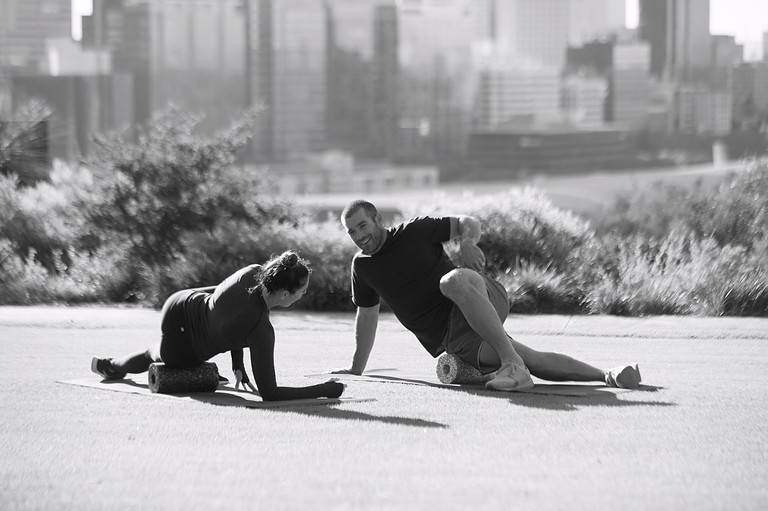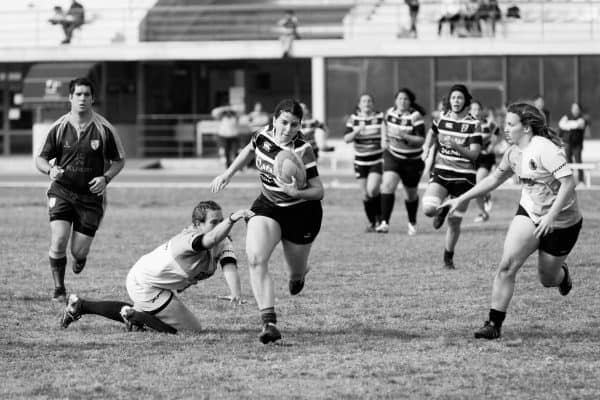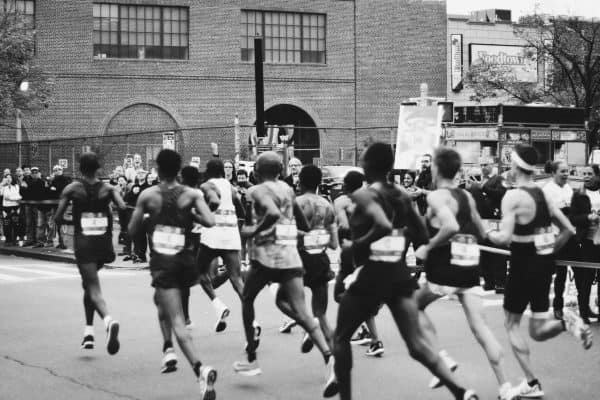Hopefully by now, everyone has their pre-run plan in place and hopefully, it doesn’t involve any crazy antics on Saturday night!
Once the run is all done and dusted, it’s time to turn your mind to recovery. Recovery is important if you plan on running much next week (which I hope everyone does) or if you just want to feel as comfortable as possible over the 72 hours following the Sunday’s run. Below are a few tips on how to maximize your recovery and minimize any sneaky aches, pains and irritations that might rear their heads after 4, 12 or 21km of fun and hard work around the streets of Perth.
Active recovery
Just as an active warm-up is really important, an active recovery is equally important. This allows your body to gradually cool down and efficiently move the lactic acid from the legs back up towards your lymph nodes so that it can be dissipated. An active recovery also stops blood from pooling in your legs and feet and gets it moving back up towards your heart for redistribution around the rest of the body. Long story short – fewer aches and pains.
I would suggest that following the run a 10 – 15 minute walk would be great, and certainly better than jumping straight into your car.
Stretching
I always get asked whether or not stretching helps. My answer: if it feels good, then do it. If there is a specific muscle that feels tight, then stretch it out and hold for a few sets of 30 seconds. Whilst the research suggests that stretching won’t really “lengthen” your muscles, it can help to reduce a little bit of post-run soreness and cramping.
Cold therapy
If you have a specific injury or area of soreness that you are concerned about after the run, icing it with an ice pack should be your first thought. We currently suggest 20 minutes of icing every two hours for the first couple of days following the injury. If you’re worried, have it checked out by a physio or other health professional.
If it is just general soreness or wanting to maximise recovery, heading down to the beach for a walk in the water can dramatically help the speed and quality of your recovery. An ice bath, while not for the faint-hearted, is even better as it tends to be slightly cooler than the water in May.
During the run, your muscles will experience a small amount of microtrauma, which is normal. This causes inflammation which can be uncomfortable in the days following the run. A combination of the water pressure on your legs and the cold temperature causes vasoconstriction (temporary narrowing of the blood vessels), which helps to reduce this inflammation and also helps to move blood and lactic acid back up out of your legs. Spending 10 – 15 minutes in chest deep cold water is ideal (waist deep water is still ok), and can be done with great effect any time within six hours of the run, but the sooner the better.
Try this:

Not this:

Best of luck for the run,
Dave
Feature Image; Becky Falstead @fit_focus_pt







